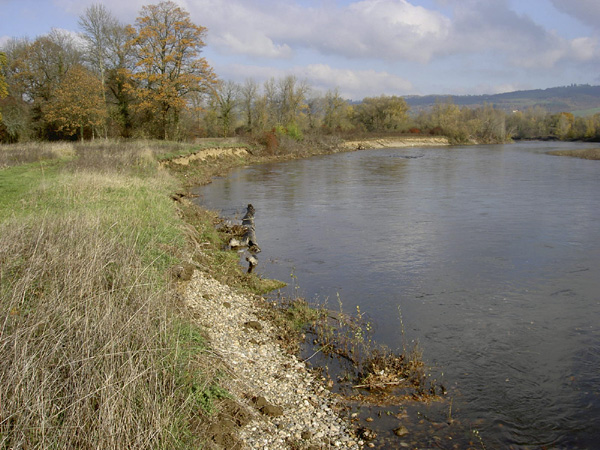
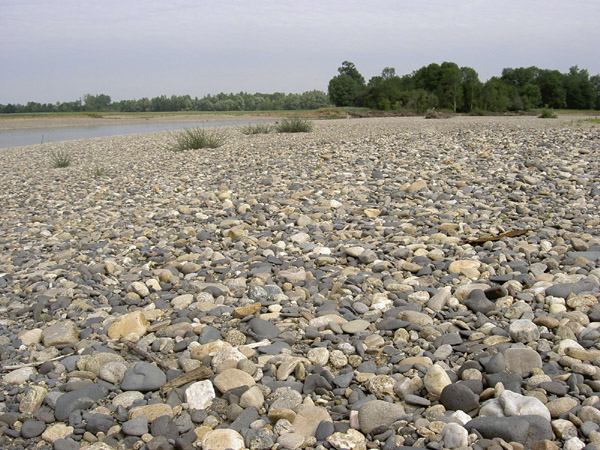
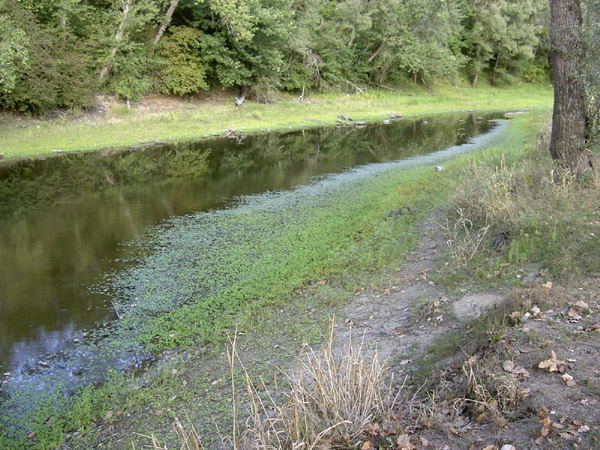
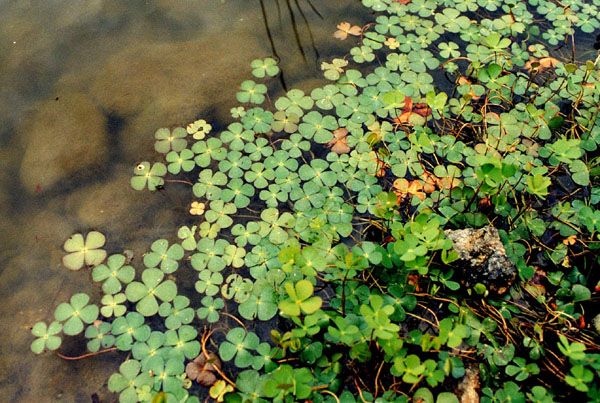
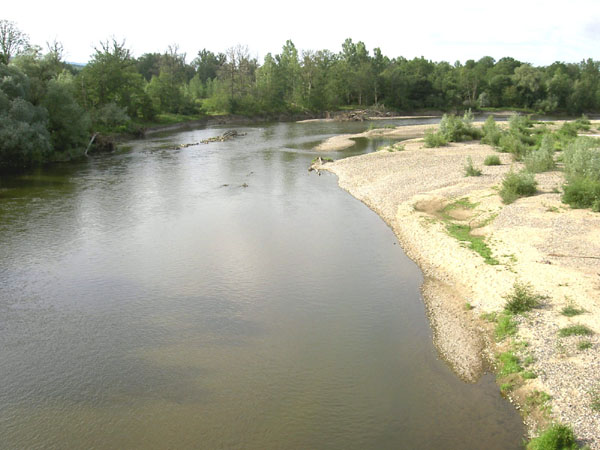
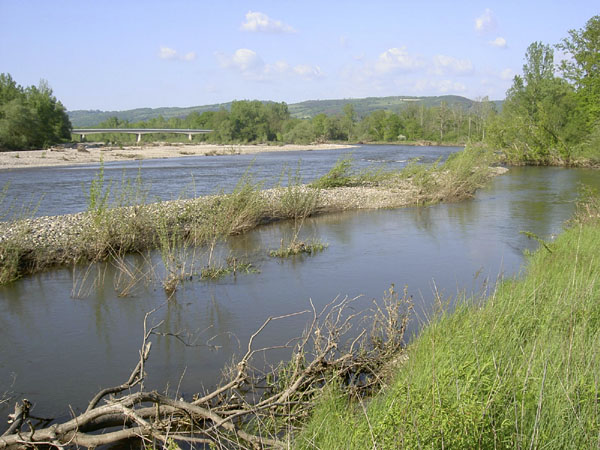
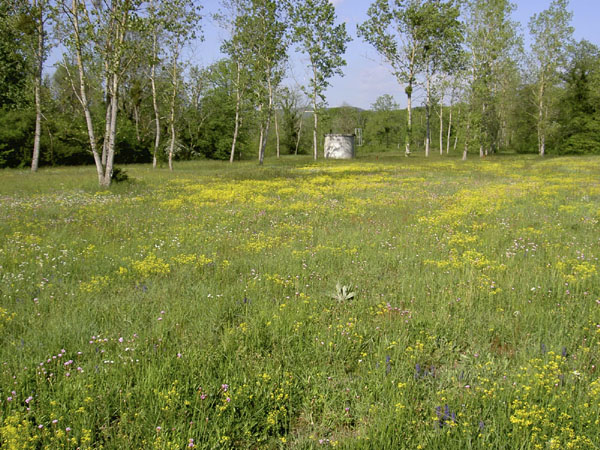
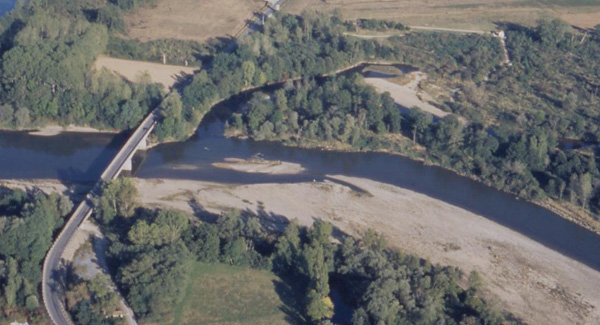
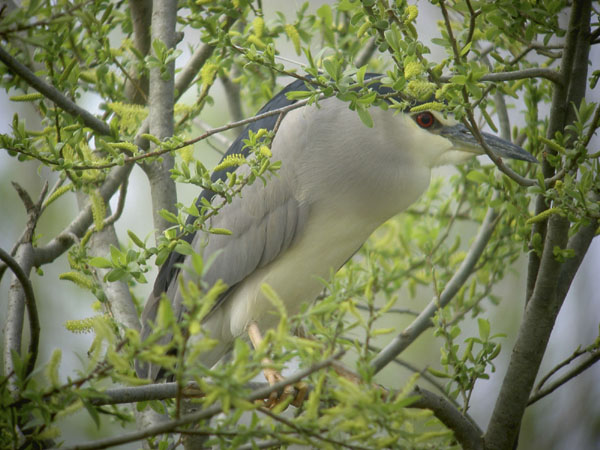
France: Confluence de la Dore dans l'Allier
| Site fact file |
| Natura 2000 Ambassador for the Natura Network Initiative... | Representative of LPO (Ligue Française pour la Protection des Oiseaux) Auvergne | |
| Jean-Jacques Lallemant |
| Country | France |
| Natura 2000 site location | Auvergne |
| Nearest urban settlement | Vichy |
| Natura 2000 site name | Confluence de la Dore dans l'Allier |
| Unofficial but locally accepted name/s for the site | Bec de Dore |
| Natura 2000 site number | sPIC (future ZSC) n° FR830132 ZICO n° AE13 |
| Site description / classification | The
confluence of the rivers Allier /Dore forms a remarquable fluvial ecosystem.
The Dore affluent brings in important water flows during flooding periods,
which generates a very mobile downstream situation and the presence of the
most important meanders in Puy-de-Dôme. Upstream, the fluvial dynamic is
weak, which allowed riparian forests to develop. One of the most developped
hard-wood riparian forest ecosystem is found on the 80ha sector concerned
by the ""Bec-de-Dore project"", with a rare 91FO and 9180 Natura 2000 habitats
examples. Herons and Milvus migrans bredding colonies are present, as well
as Burhinus oedicnemus and Actitis hypoleucos on the beaches and islands.
Hydraulic annexes are habitats for Rhodeus sericeus, Esox lucius and Marsilea
quadrifolia (one the the very few spots in the region). Migrants include
Balbuzard pêcheur, and wintering ducks. Lutra lutra came back recently,
and Castor fiber is currently colonising. The site is part of Natura 2000 network both through Habitats and Bird Directives. The Natura 2000 Management Plan (DOCOB) will be developped during year 2005. This site is also part of a ""Loire Nature Programm"" conducted by LPO Auvergne -2002-2006). The sector ""Bec-de-Dore"" whose description is given here, is a specific project of the general programm." |
| Size of site (hectares) | 480 ha |
| Key Species types | Lutra lutra |
| Castor fiber | |
| Barbastellus barbastella | |
| Myotis emarginatus | |
| Noctula leisleri | |
| Rhodeus sireceus | |
| Anguilla anguilla | |
| Leucaspius delineatus | |
| Chondrostoma toxostoma | |
| Nycticorax nycticorax | |
| Egretta garzetta | |
| Milvus migrans | |
| Pernis apivorus | |
| Falco subbuteo | |
| Burhinus oedicnemus | |
| Sterna hirundo | |
| Sterna albifrons | |
| Actitis hypoleucos | |
| Charadrius dubius | |
| Alcedo atthis | |
| Merops apiaster | |
| Picus canus | |
| Dendrocopos medius | |
| Riparia riparia | |
| Lullula arborea | |
| Lanius collurio | |
| Lucanus cervus | |
| Coenagrion mercuriale | |
| Ophiogomphus cecilia | |
| Lycaena dispar | |
| Satyrium w-album | |
| Ulmus laevis | |
| Marsilea quadrifolia | |
| Pulicaria vulgaris | |
| Thalictrum flavum | |
| Aillium consimile | |
| Key Habitat types | "boires" (bras-morts) : 3150 |
| végétation rivulaire sur vases : 3270 | |
| mégaphorbiaies : 6430 | |
| pelouses sèches : 6210 | |
| chênaies pédonculés : 9160 | |
| Frênaie-ormaie fluviale : 91F0 | |
| Frênaie à scolopendre : 9180 (habitat prioritaire). | |
| Key management issues | To save this remarquable fluvial ecosystem by avoiding any new degradation to the fluvial movement freedom and/or to the erosion dynamics (especially the lateral dynamic). - It is also necessary to undertake communication and relations with administrations, local communities, local stakeholders and inhabitants. - Invasive animal and vegetal species. - Riverbed deepening. - Act to promote the reappropriation of the river by its riverine populations. |
| Natura Network Agreements |
| Organising at least one Green Days event per year | As part of the public information actions, the Regional Park of Livradois-Forez and the Tourism Office from Thiers organise yearly, in the summer, a programm including 4-6 Discovery Visits in situ, which are conducted by the local environmental organisation LPO Auvergne. |
| Involved in European networking / Twinned with other site for knowledge exchange | At regional level, exchanges take place between the coordinators of the ""Loire Nature"" programm (CREN Auvergne and CREN Allier). Echanges also exist between the coordinator of the Natura 2000 Management Plan (CREN Allier) and Fisher's organisations, concerning actions aiming at eradicating the invasive Ludwigia. LPO is a member of EUROSITE. |
| Involving local stakeholders in the management planning process - creating a local area partnership | Within the Natura 2000 site: the BEC DE DORE management project... PROJECT GENERAL
OBJECTIVE: PROJECT 2005 OBJECTIVES:
LAND OWNING AND
GENERAL CONTEXT: Management agreements between LPO and French State should be signed in 2005. Based on these starting points, the Bec de Dore sector was included in the « Loire Nature Programm » second phase (2002-2006), as well as a vast complementory sector located both in Allier and Puy-de-Dôme (downstream the Allier/Dore confluence). In 2003, the Auvergne Conseil General (Department) acquired 67ha of hard wood forest, dry meadows and plantations. This was done as part of the ENS departemental projects, following advice from LP. This land is located next to LPO and DPF land, therefore forming a large 80ha protected sector. LPO and ONF (Public Forest Body) wrote the management Plan, and LPO now awaits to be given the management responsibility. FIRST ACTIONS: Prior studies
/ Management plans or directories: Maintain the
lateral movement freedom of both rivers: Improve knowledge
of the site: Preserve /
enhance local biodiversity: Marketting
the river's and valley's image toward visitors / avoid local pollutions: PROJECT'S PARTNERS: FINANCING BODIES: |
| Promoting the Natura Network Initiative (NNi) at the local level | This site is encouraged to make use of the Eurosite Natura 2000 Green Days Toolkit to provide information on Natura 2000 to visitors. |
| Agreeing to become an NNi ambassador | Jean-Jacques Lallemant (LPO Auvergne) lpo-auvergne.jjlallemant(a)wanadoo.fr is an NNi Ambassador. |
| Site photos |
 |
 |
 |
 |
 |
|||||
 |
 |
 |
 |
| For further info |
| Website | www.lpo-auvergne.org |
| Site contact | Jean-Jacques Lallemant (LPO Auvergne) lpo-auvergne.jjlallemant(a)wanadoo.fr |